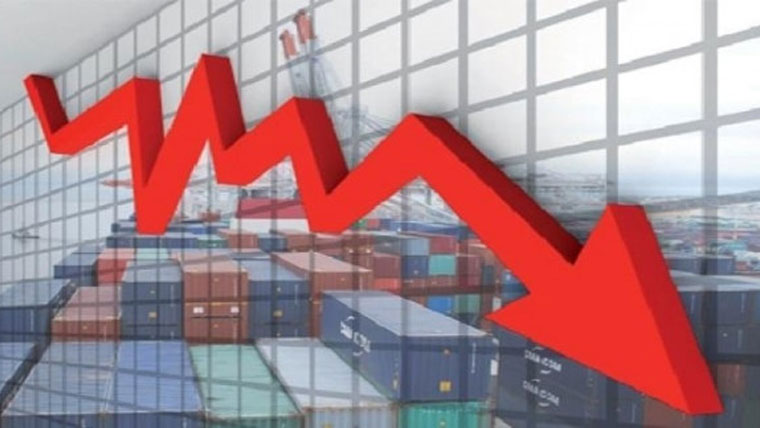
Official documents have revealed that Pakistan’s exports from 30 out of 71 key sectors declined during the first quarter of the current fiscal year 2025–26, contributing to slower export growth and an expanding trade deficit.
According to data compiled by the Pakistan Bureau of Statistics (PBS), the country’s trade deficit surged to $9.4 billion between July and September. Exports during this period fell by 3.88% to $7.6 billion, equivalent to Rs2.15 trillion, while imports rose by 13.9% to $17 billion, or over Rs4.82 trillion.
The official report shows that several major sectors recorded a downturn, including jewellery, furniture, carpets, chemicals and pharmaceuticals, plastic materials, rice, vegetables, tobacco, seed oils, cotton fabrics, crude petroleum products, transport equipment, and handicrafts. Food exports fell sharply by 31% in the first quarter, with rice exports plunging 42% and Basmati rice down 43.6%. Vegetable exports dropped 41%, while tobacco exports saw a steep 48% decline. Sugar exports remained completely suspended during the quarter. Exports of nuts and oilseeds fell by 68%.
However, textile exports presented a mixed picture – cotton cloth exports fell by 14%, but overall textile exports rose by 5.6% and ready-made garments grew by 6%. Similarly, cement exports surged by 51% and fruits by 17%.
Carpets and mats exports fell by 12%, cutlery by 12%, pharmaceuticals by 7%, and transport equipment by 38%. Jewellery sector experienced a drastic 98%plunge and handicraft exports were down by 94%. Furniture exports declined 12%.
So far as imports are concerned, food imports rose 35%, machinery by 21%, transport group by 112%, and textile-related imports by 11%.
Petroleum imports declined 6.7%, while petroleum products and natural gas dropped 30%.
It may be recalled that the government set a trade deficit target of $29.92 billion for the current fiscal year, with an export target of $35.28 billion. Under the five year “Udaan Plan” Pakistan aims to increase exports to $60 billion. However, for FY2025–26, the export growth target was limited to an additional $2.5 billion. First quarter performance indicates that instead of growth, the country’s exports have faced a setback, raising concerns about achieving the export targets.
